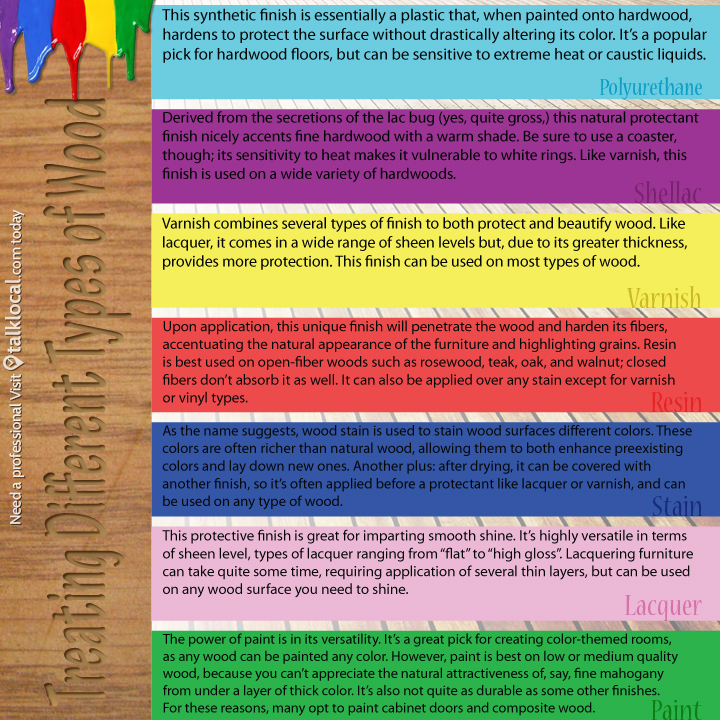Reveal The Mesmerizing Trip Of Restoring Antique Cupboards, Revealing Hidden Tales And Opening The Tricks Of The Past
Reveal The Mesmerizing Trip Of Restoring Antique Cupboards, Revealing Hidden Tales And Opening The Tricks Of The Past
Blog Article
Created By-Snider Lyons
To begin the trip of restoring antique cabinets, you need a keen eye for detail. Visualize discovering hidden secrets within each layer of history embedded in the wood. Image the contentment of revitalizing a once-forgotten item to its former splendor. Every action of this precise procedure holds the vital to protecting the past while producing a future treasure. So, are you ready to start this transformative undertaking and unlock the potential of your antique closets?
Assessing the Cabinet's Problem
When beginning the reconstruction process, begin by examining the condition of the antique closet. Very carefully take a look at the general structure for any type of indications of damage such as fractures, chips, or loose joints. Check the wood for any kind of rot, bending, or insect invasion that may have happened gradually. It's vital to establish the level of the repair needed before continuing better.
Next off, check the cupboard's equipment such as joints, knobs, and locks. Make note of any type of missing pieces or components that require repair service or replacement. Make sure that all equipment is operating properly and safely attached to the cupboard.
Additionally, examine https://www.wowt.com/2022/01/19/omaha-homeowners-give-caution-dangerous-home-project-with-contractor/ . Try to find any scrapes, discolorations, or discoloration that might affect the aesthetic allure. Determine if the finish needs to be removed and reapplied or if a simple touch-up will certainly suffice.
Gathering the Required Tools and Products
After examining the condition of the antique cabinet, the next step is to gather the required tools and products for the reconstruction process. Before you begin, ensure you have the adhering to things on hand:
- timber cleaner
- sandpaper in numerous grits
- timber filler
- paint or timber tarnish
- brushes
- handwear covers
- safety goggles
- a dirt mask
- a ground cloth
- a putty blade
- a hammer
- a screwdriver
- a vacuum cleaner
These devices and products are important for an effective repair.
Wood cleaner is essential for getting rid of years of dust and grime build-up, preparing the surface for sanding. Sandpaper of various grits helps in smoothing out imperfections and preparing the wood for a new finish. Wood filler comes in handy for repairing any splits, openings, or dents present in the closet.
Paint or timber discolor, together with brushes, allow you to customize the closet to your choice. Bear in mind to wear handwear covers, safety goggles, and a dust mask for protection. Lay down a ground cloth to shield your workplace, and utilize a hoover to clean up any type of debris.
With these tools and materials gathered, you prepare to begin the reconstruction process.
Executing the Repair Process
To effectively perform the restoration process on your antique closet, begin by completely cleaning up the surface with the wood cleaner. This step is essential as it assists get rid of years of dust, crud, and old polish that might have built up externally.
As soon as custom furniture is tidy and completely dry, evaluate the problem of the timber. Search for any splits, scratches, or other problems that require to be attended to. Usage timber filler to fix any kind of imperfections, seeing to it to match the filler color to the timber tone for a smooth surface.
After the repair work have dried out, delicately sand the entire surface to produce a smooth and even base for the new coating. Take care not to sand too aggressively, as you don't want to harm the wood underneath.
As soon as the sanding is complete, apply a timber tarnish or finish of your choice, following the maker's instructions. Enable the finish to completely dry totally before applying a safety top coat to make sure the longevity of your brought back antique closet.
Final thought
Since you have actually finished the restoration process, your antique cabinet looks as good as new.
By complying with the step-by-step guide, you had the ability to assess, fix, and enhance its condition effortlessly.
With a fresh surface and protective top coat, your cherished item will certainly remain to radiate for several years ahead.
Delight in the charm of your recovered antique closet!
